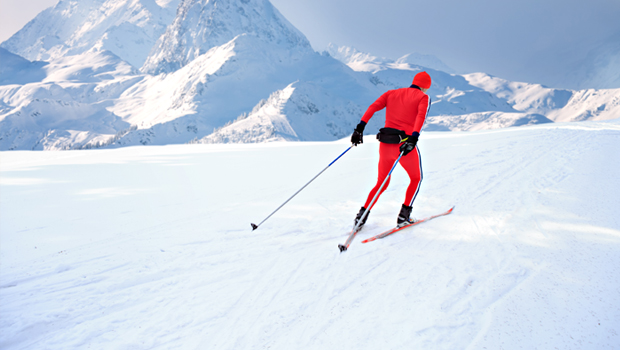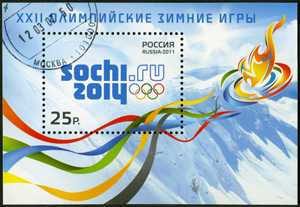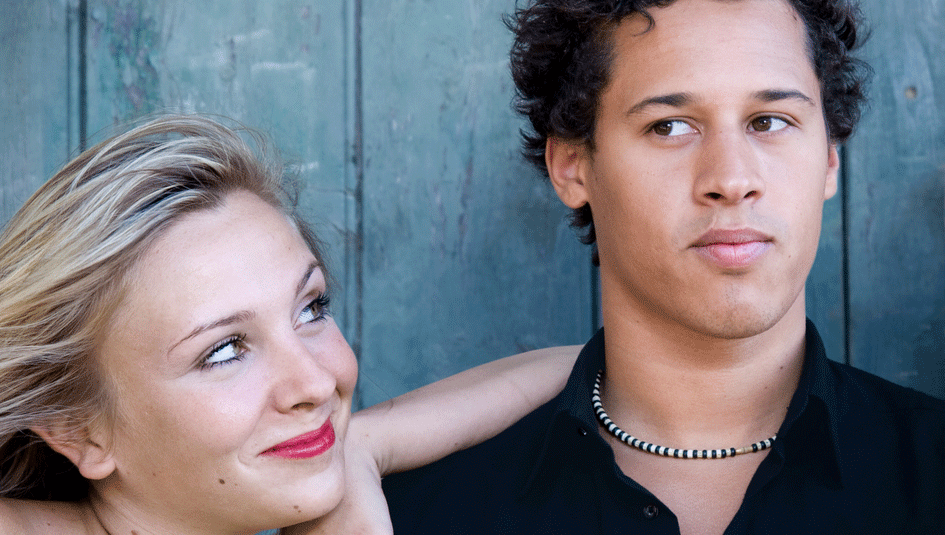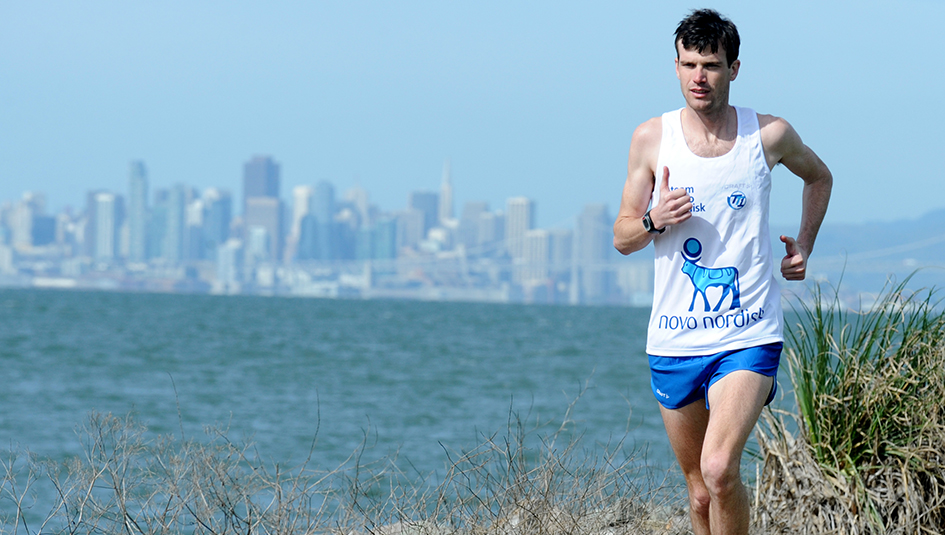Celebrating the Rare T1 Winter Olympian

The T1 community has been rightly celebrating the return of U.S. cross-country skier Kris Freeman to the Winter Olympics. He has competed in 3 Winter Olympics before this year, and was considered the best cross-country skier in the country for a decade. In late January, the veteran was a last-minute addition to the team traveling to Sochi, and he has competed in the Cross-Country Men’s Skiathlon.
Freeman has yet to win gold in his Olympics career, but he has accomplished much, and it hasn’t always been easy. Freeman was first diagnosed in 2000, while training for the 2002 Olympics. While he has found a way to excel with T1, there have been some bumps in the road. For example, he made a rare error in the management of his blood glucose levels before competing in the Vancouver games in 2010, according to a NPR report, and it resulted in a low so bad during an event that he had to be helped by bystanders; he ended up finishing the race. By his own account, Freeman also has had trouble with circulation and aggressiveness caused by BG swings.
In 2013, Freeman was cut from the national team, a move that could easily have ended his Olympics career. That move didn’t just cut off his training budget; it also cut off his health insurance. He was able to cobble together enough money to continue to compete in the short-term by relying on personal savings and sponsorships, including with Lily, OmniPod, and DexCom.
Then he received an assist in his bid to return to the Olympics from a longtime ally in a ski resort owner from New Hampshire, Freeman’s home-state. Chris Sununu, owner of Waterville Family Ski Resort, gave Freeman the opportunity to lead ski clinics, and the job allowed Freeman to be covered by the resort’s health insurance plan. With this financial backing, Freeman was able to compete and finish third in two U.S. national championship races, results which probably secured his position on the Olympic team.

It’s a good thing that Freeman will once again be symbolically raising the T1 flag because historically there have been few T1 representatives in the Winter Olympics. The U.S. has sent a good handful of T1 athletes to the Summer Games, most notably swimmer Gary Hall Jr., but Freeman is the only T1 athlete that shows up on lists of Americans with diabetes at the Winter Games.
Why are there fewer T1 folks at the Winter Games than the Summer Games? One obvious explanation is that there are nearly 3 times as many sports in the Summer Games than the Winter Games, meaning there are more slots for T1 summer athletes to make the U.S. team. That’s just a statistical fact of life.
But there may also be a scientific explanation. Several studies have shown that the A1c levels of people with diabetes is higher in winter than summer. In a 2005 study published in the American Journal of Epidemiology, researchers tracked the A1c levels of more than 280,000 people with diabetes over a 2-year period and found that winter A1c levels were 0.22 higher, on average, than summer A1c levels. A much smaller study on T1 kids, published in the Journal of Pediatric Endocrinology and Metabolism in 2000, also found higher A1c levels in winter. And a 2009 study, published in the Journal of Diabetes Science and Technology, found that seasonal A1c variability was more pronounced in places with wider seasonal temperature differences. In other words, A1c levels swung more depending on the calendar for T1s in Calgary than in Singapore.
There’s been no study showing that higher A1c is discouraging T1 winter athletes, and there are plenty of examples of T1 athletes competing at the upper echelon of winter sports, including snowboarder Sean Busby and NHL hockey players Cory Conacher and B.J. Crombeen. But remember that success at the Olympics and the Olympic trials is often measured in inches or seconds. Freeman finished 54th in his first event in Sochi, but he was just 6 minutes off the gold-medal winner in the skiathlon event, which lasted for more than an hour. That’s not a lot of room for error, and a slightly elevated A1c may make all the difference.
But the studies don’t delve into the reason for the higher A1c in winter; it might be behavioral rather than physiological. Jewels Doskicz, a nurse and a diabetes blogger at SheSugar.com, believes elevated A1c might just be a natural result of our inclination to hibernate in the winter rather than maintain the same physical activity level in the summer.
“I personally maintain my activity all year round and my last three A1c’s were 6.2, 6.2, 6.2,” Doskicz says. “How’s that for minimal seasonal variability?”
In either case, the rarity of T1 winter athletes makes the accomplishments of athletes like Freeman all the more important to celebrate, and in a way, it’s a good thing that Freeman’s career path hasn’t always glided along in a straight line. Like everyone with T1, he has had to persevere against highs and lows to get to Sochi, and that makes him even more of an inspiration.
This story was updated on February 13th.
Thanks for reading this Insulin Nation article. Want more Type 1 news? Subscribe here.
Have Type 2 diabetes or know someone who does? Try Type 2 Nation, our sister publication.







